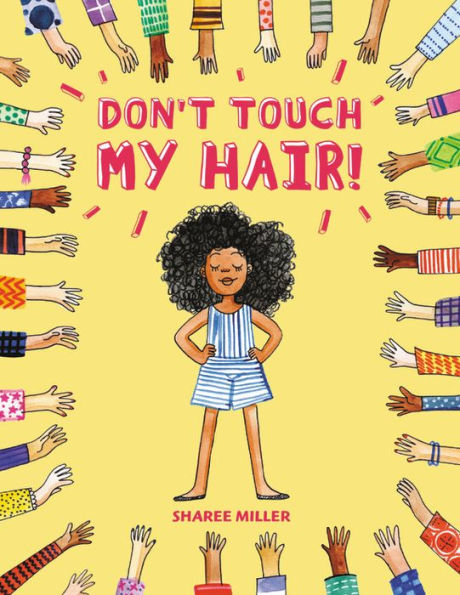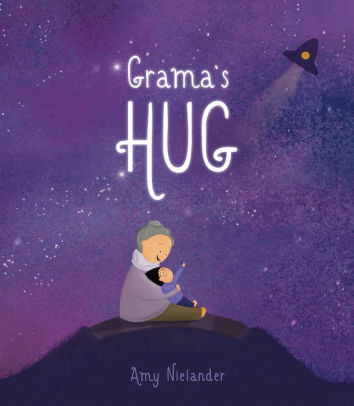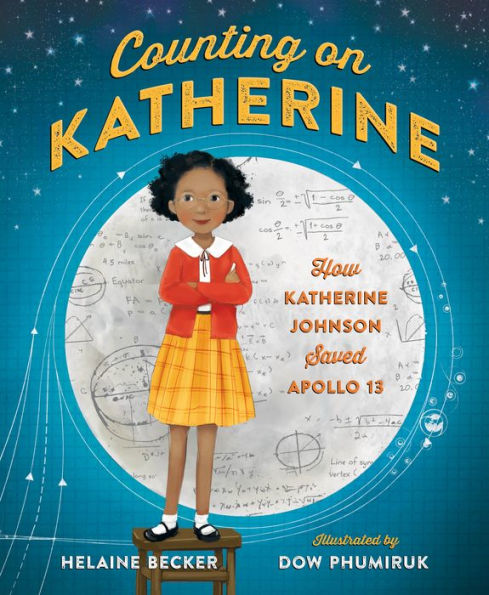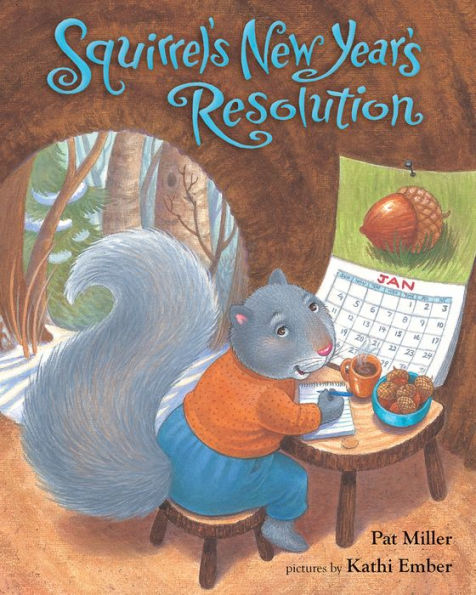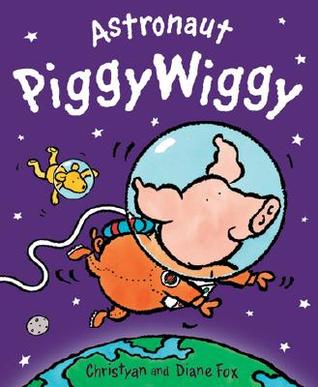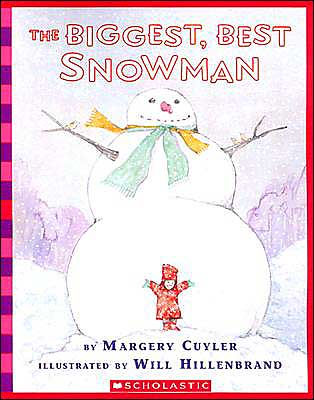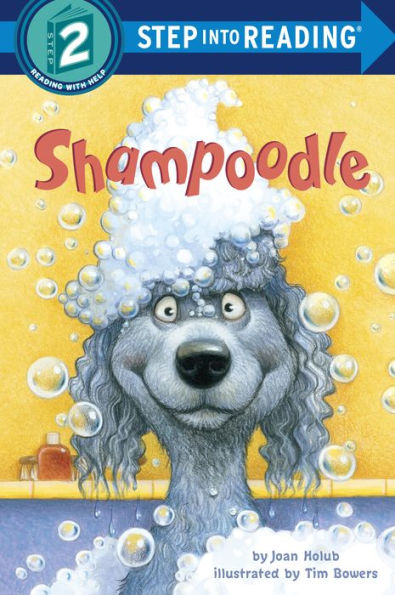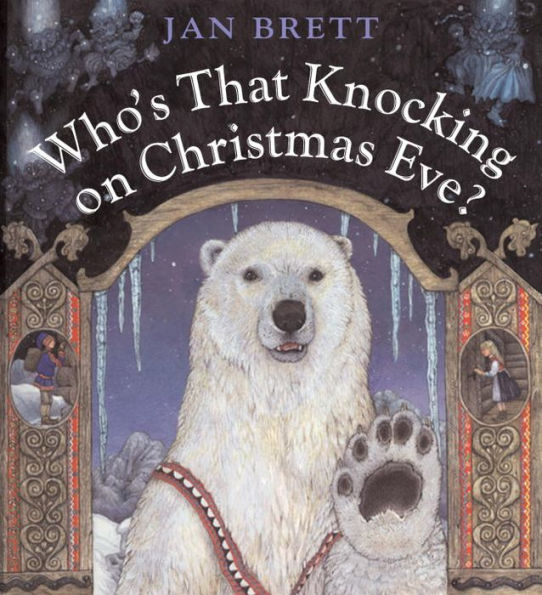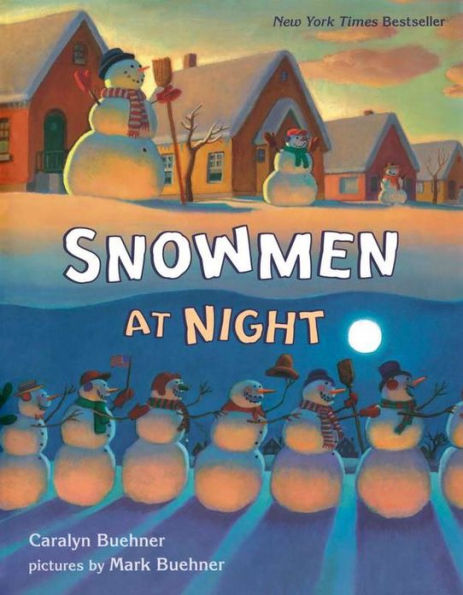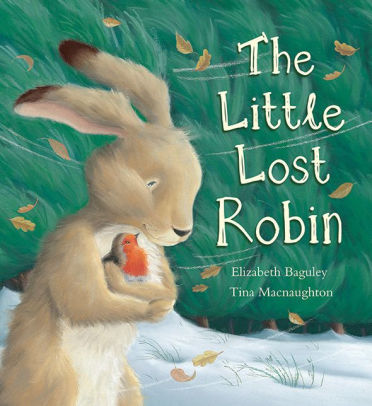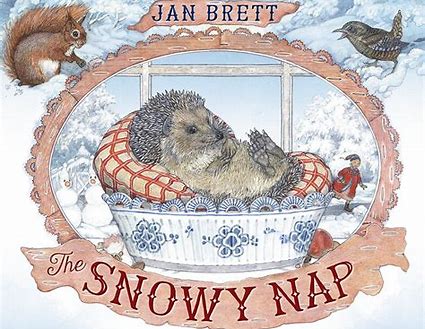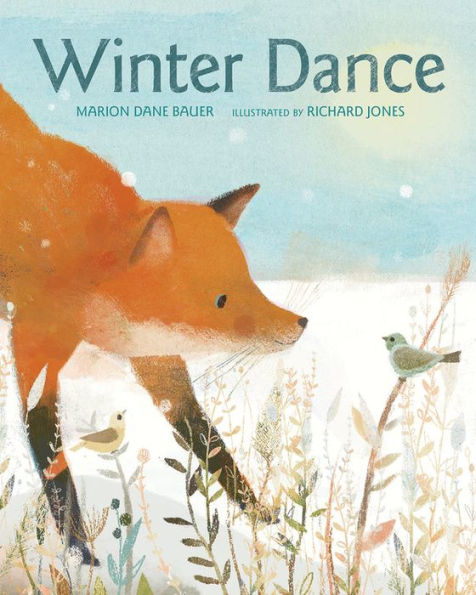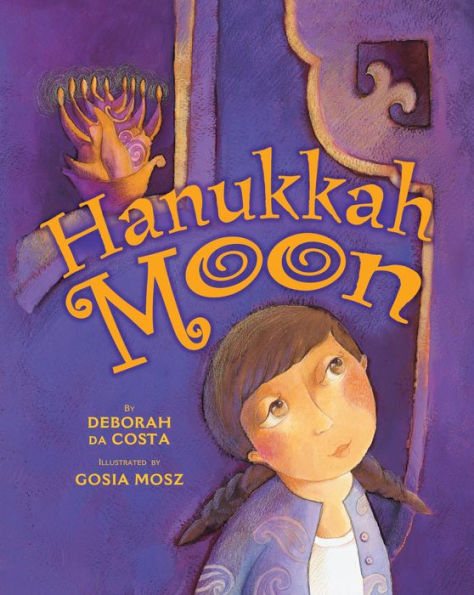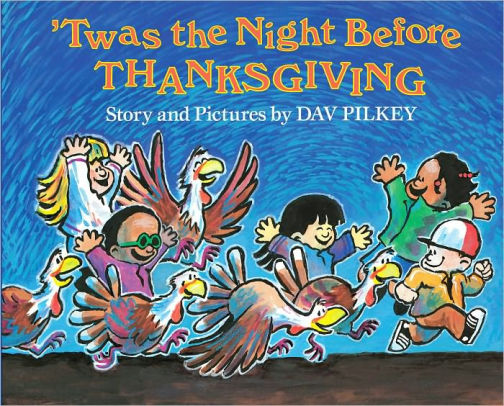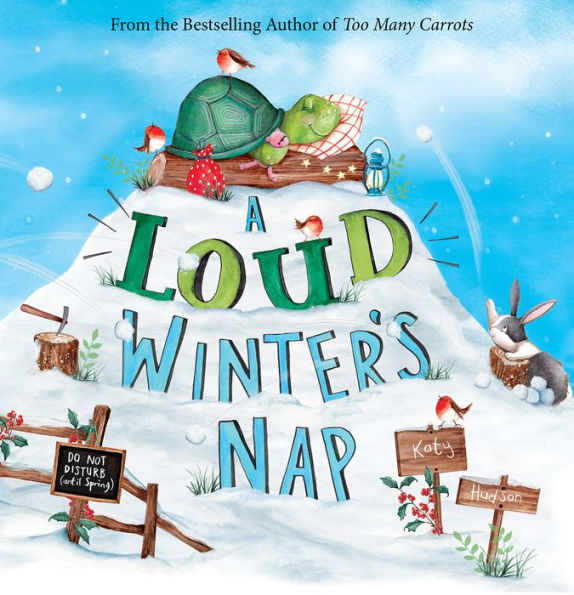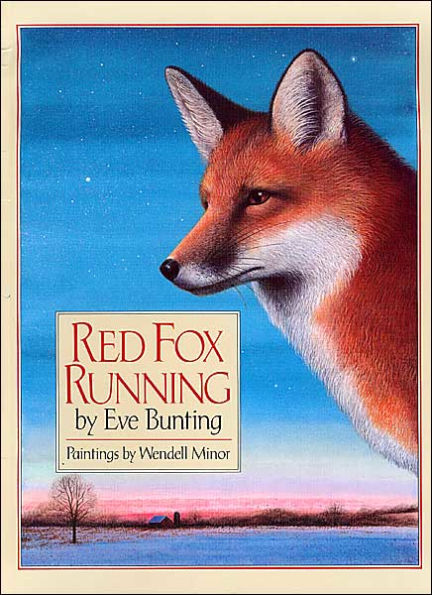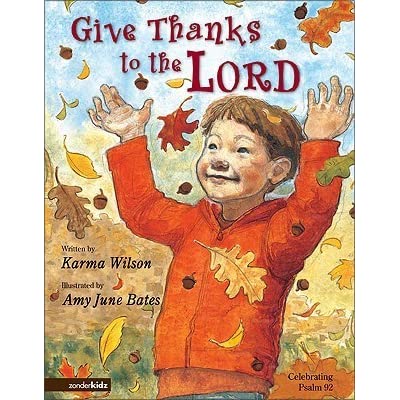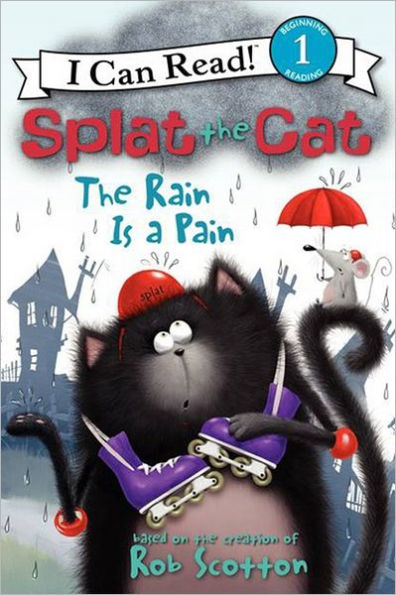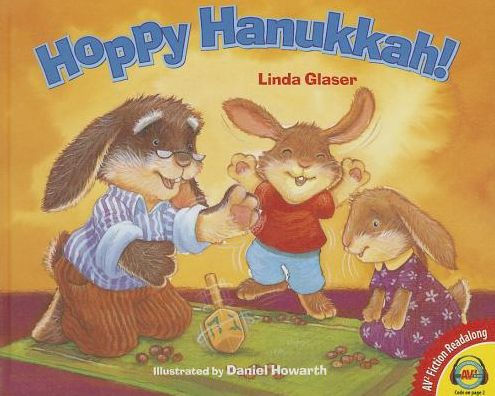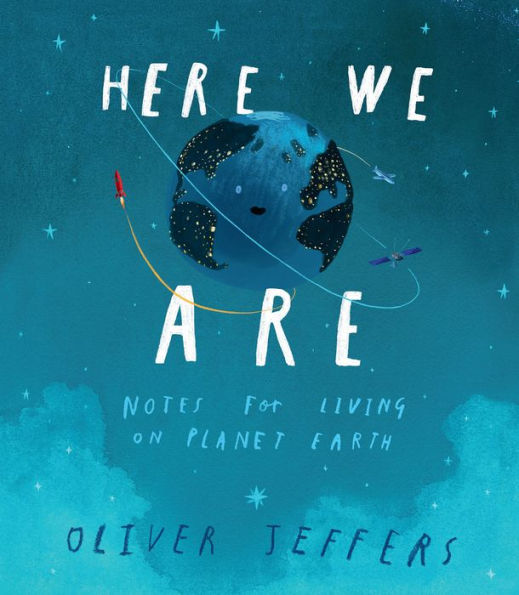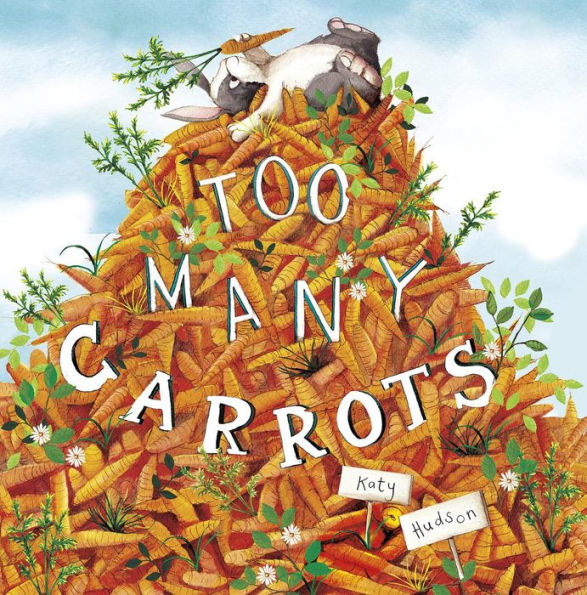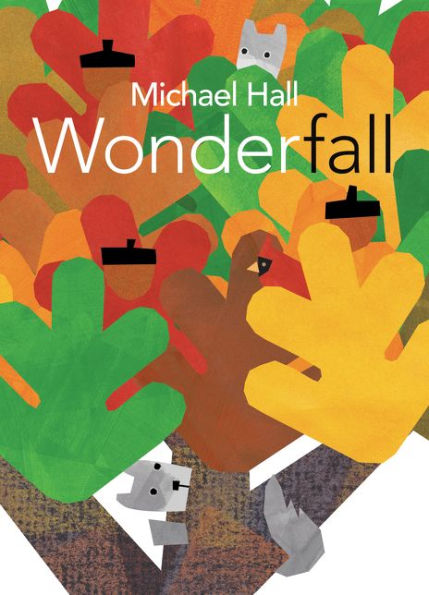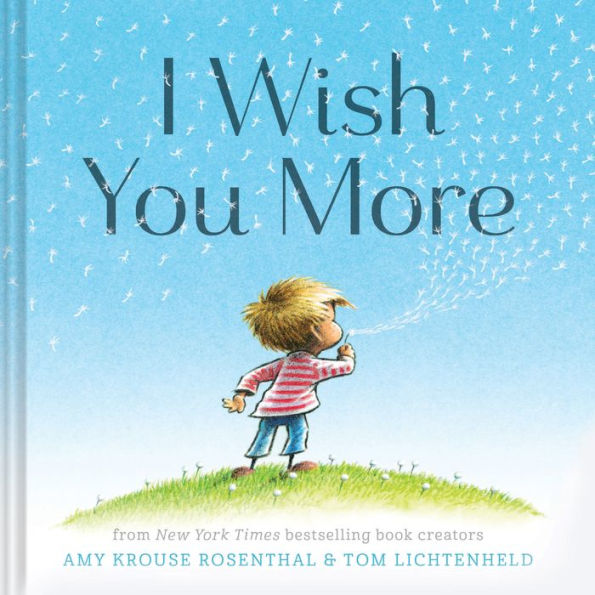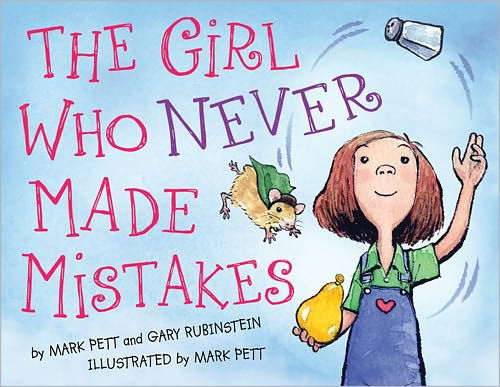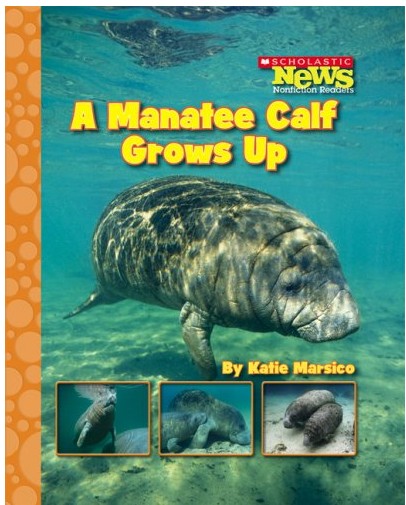Aria loves her hair. It’s soft and bouncy and grows up toward the sun like a flower. But what will Aria do when curious hands can’t resist touching her curls?
Based on the author’s experience, Don’t Touch My Hair! uses humor to show how uncomfortable Aria feels when someone touches her hair. In the author’s note, Miller explains, “This is also a story about personal boundaries and what I would like to be used as a tool to teach the importance of asking for permission first. I hope that, after reading Don’t Touch My Hair!, children can learn the importance of asking for permission and of not being afraid to say ‘no’—and not being afraid to hear ‘no,’ too!”
The picture book is full of bright and colorful pictures that show how Aria tries to blend in with the scenery. However, people, mermaids, monkeys, and even a space alien want to touch Aria’s hair. Younger readers will love the wonderful and often silly illustrations. Throughout the story, the illustrations include diverse people of different ages and races. Not every child will relate to Aria’s conflict; however, Don’t Touch My Hair! would be a great book to teach about personal boundaries.
Even though Don’t Touch My Hair! is a picture book, the story is intended to be read aloud to a child, rather than for a child to read it for the first time independently. Most pages contain 1-3 sentences, which makes the story a quick read. Don’t Touch My Hair! is an entertaining and humorous story that focuses on Aria’s need to speak up and tell others not to touch her hair because it makes her uncomfortable. Readers who enjoyed Don’t Touch My Hair! should add Hair Love by Matthew A. Cherry to their reading list because both books highlight the importance of expressing yourself.
Sexual Content
- None
Violence
- None
Drugs and Alcohol
- None
Language
- None
Supernatural
- None
Spiritual Content
- None
